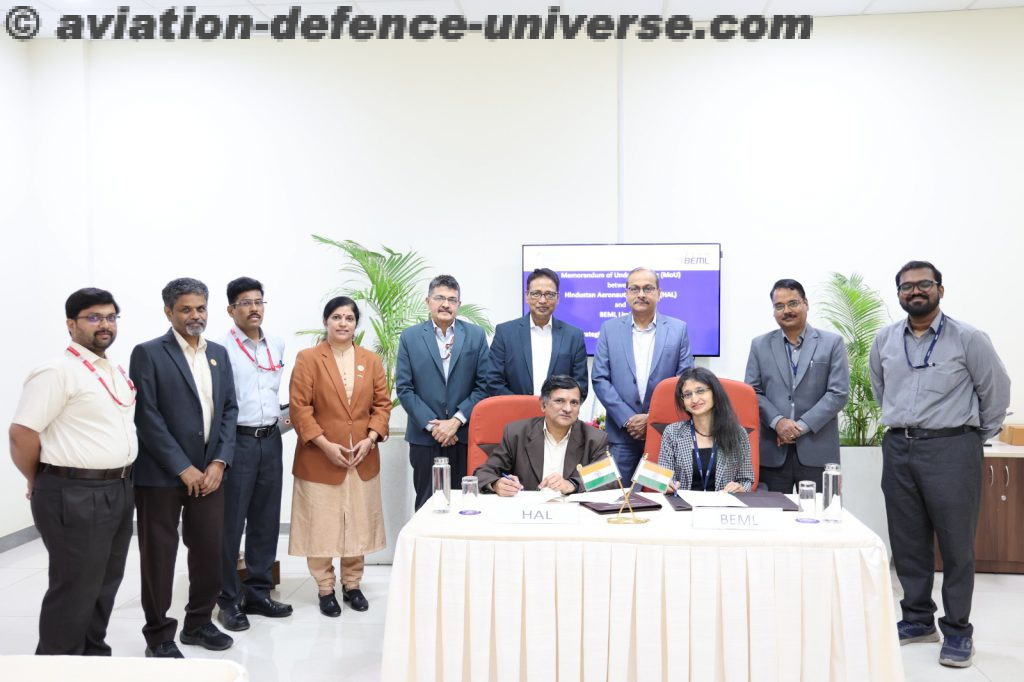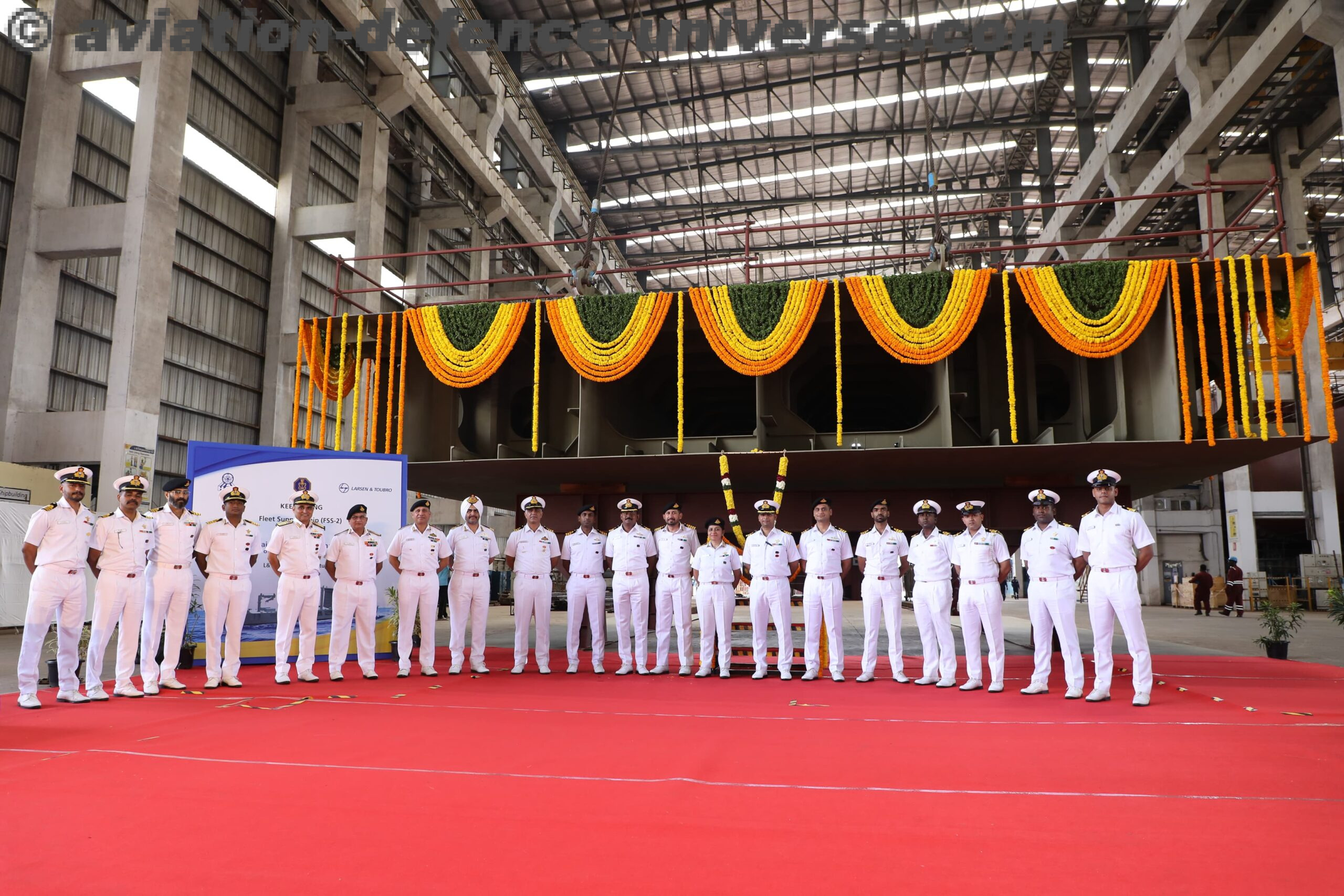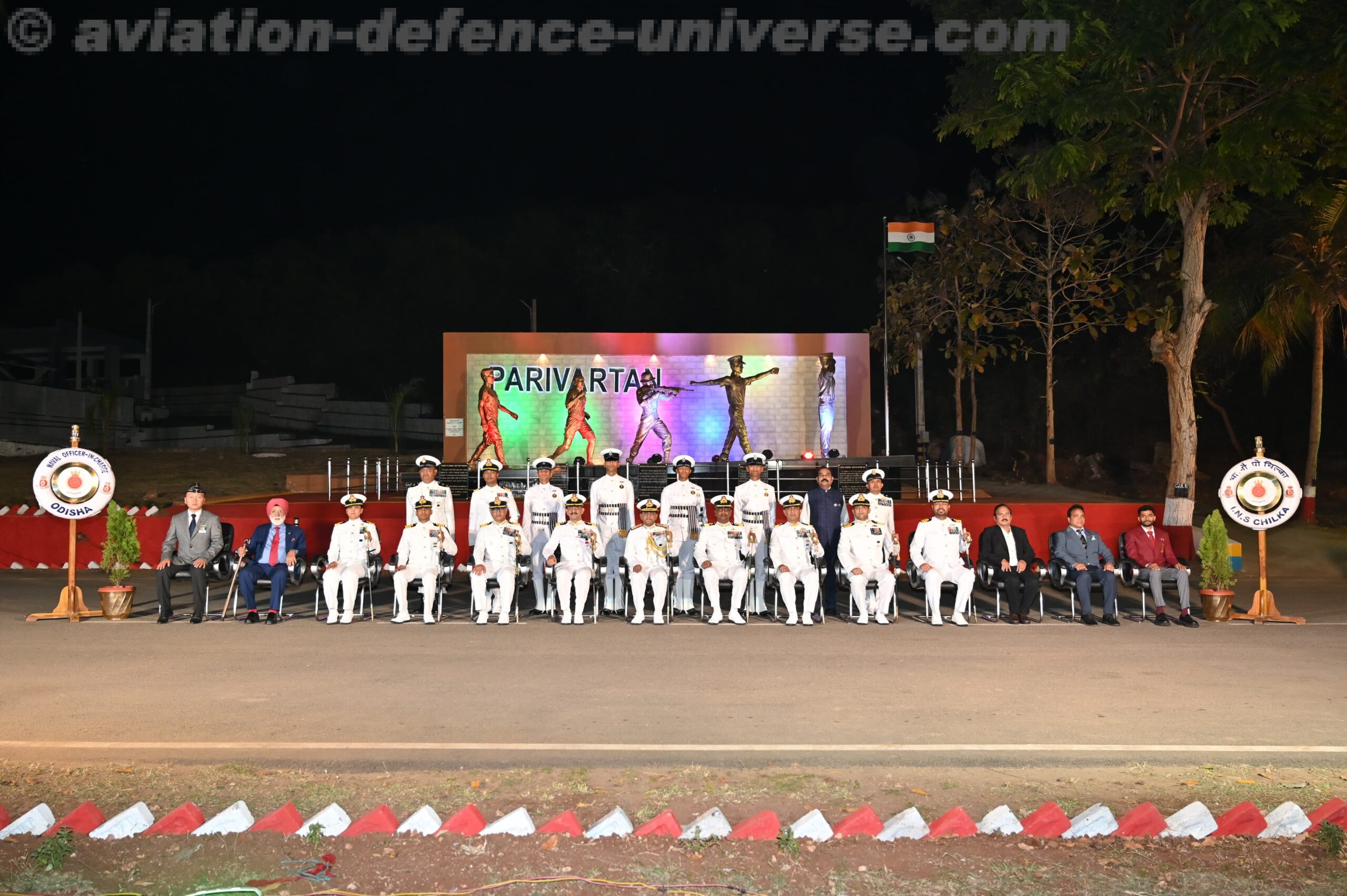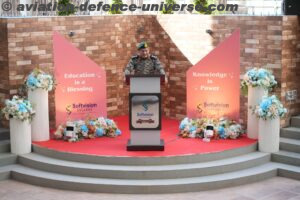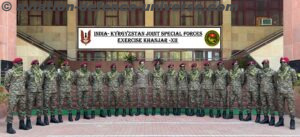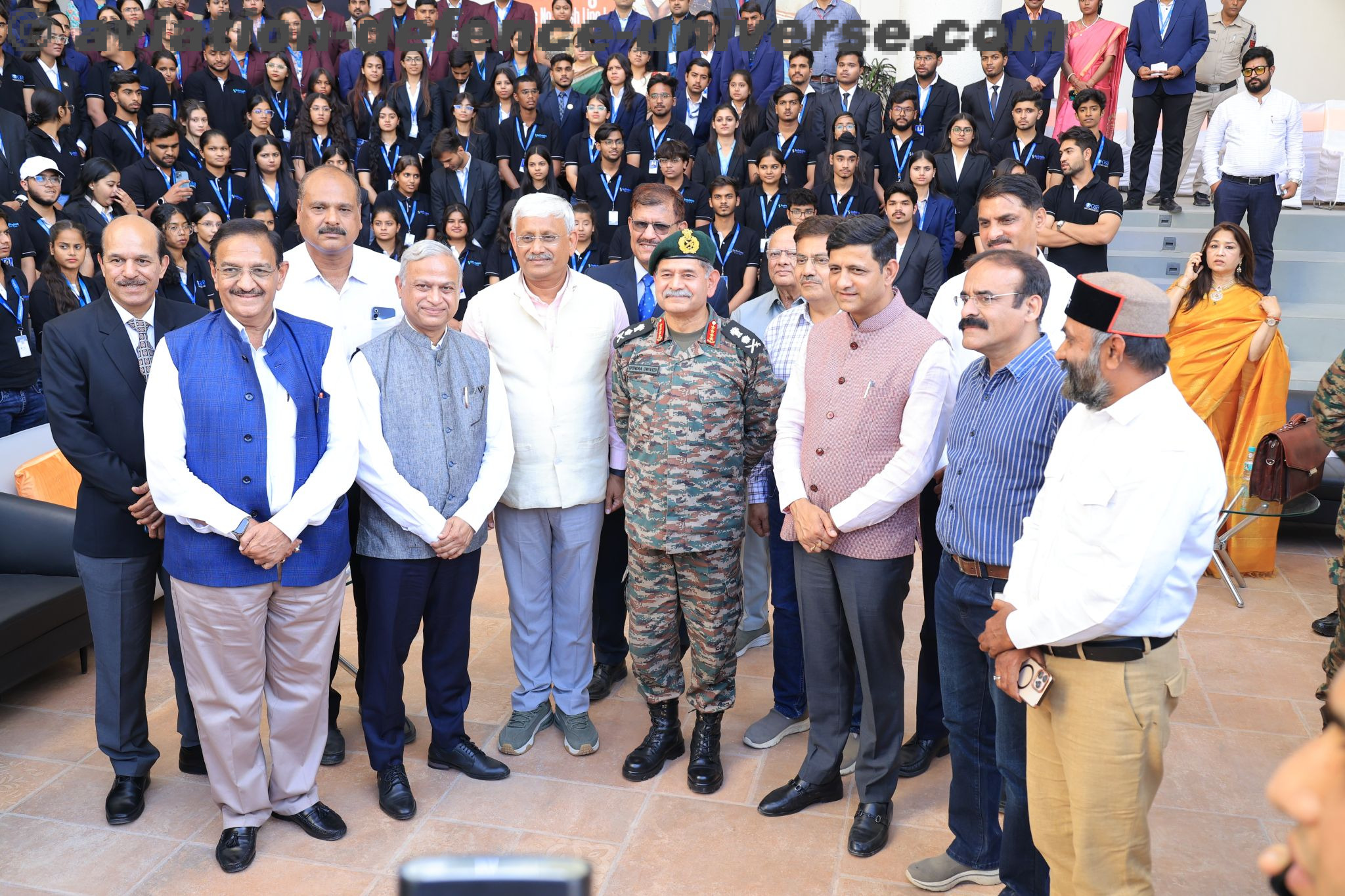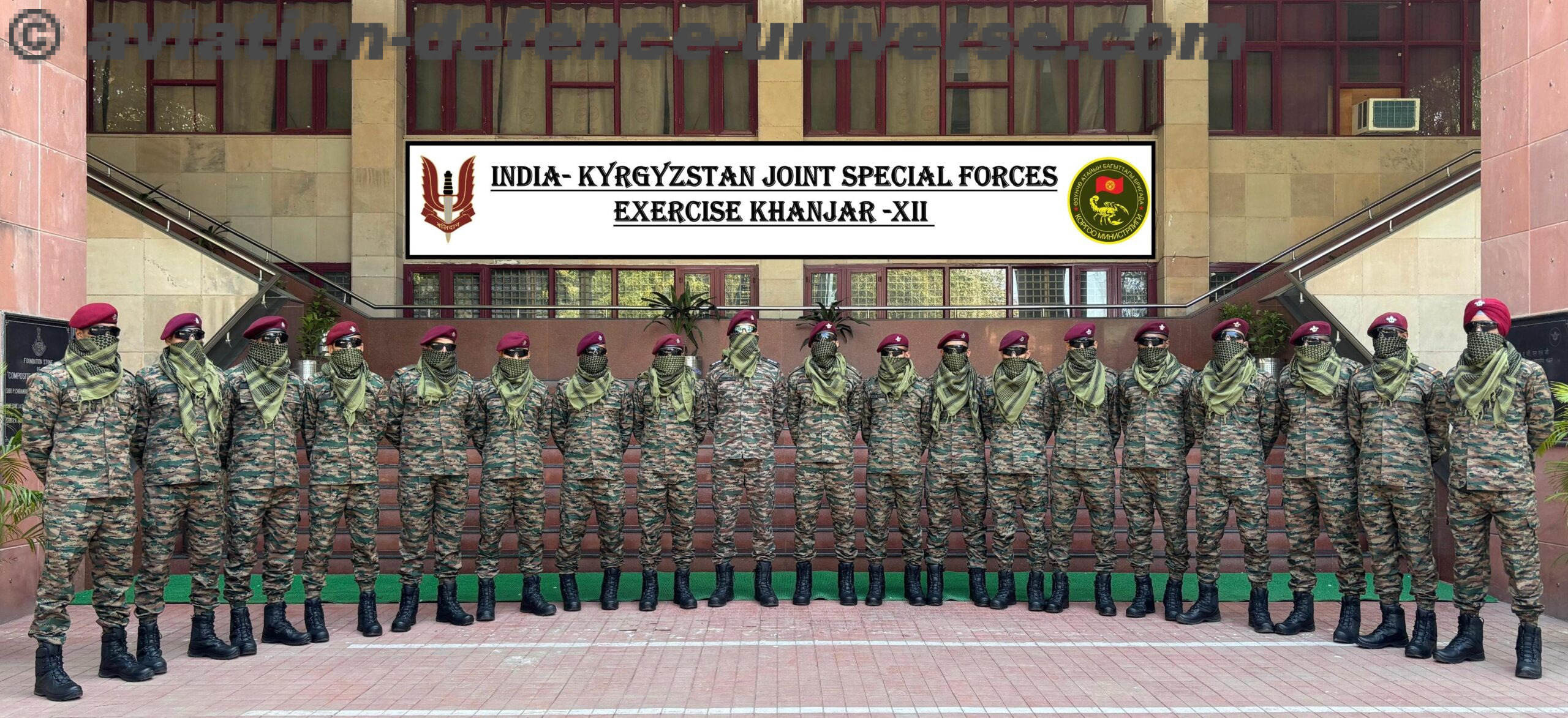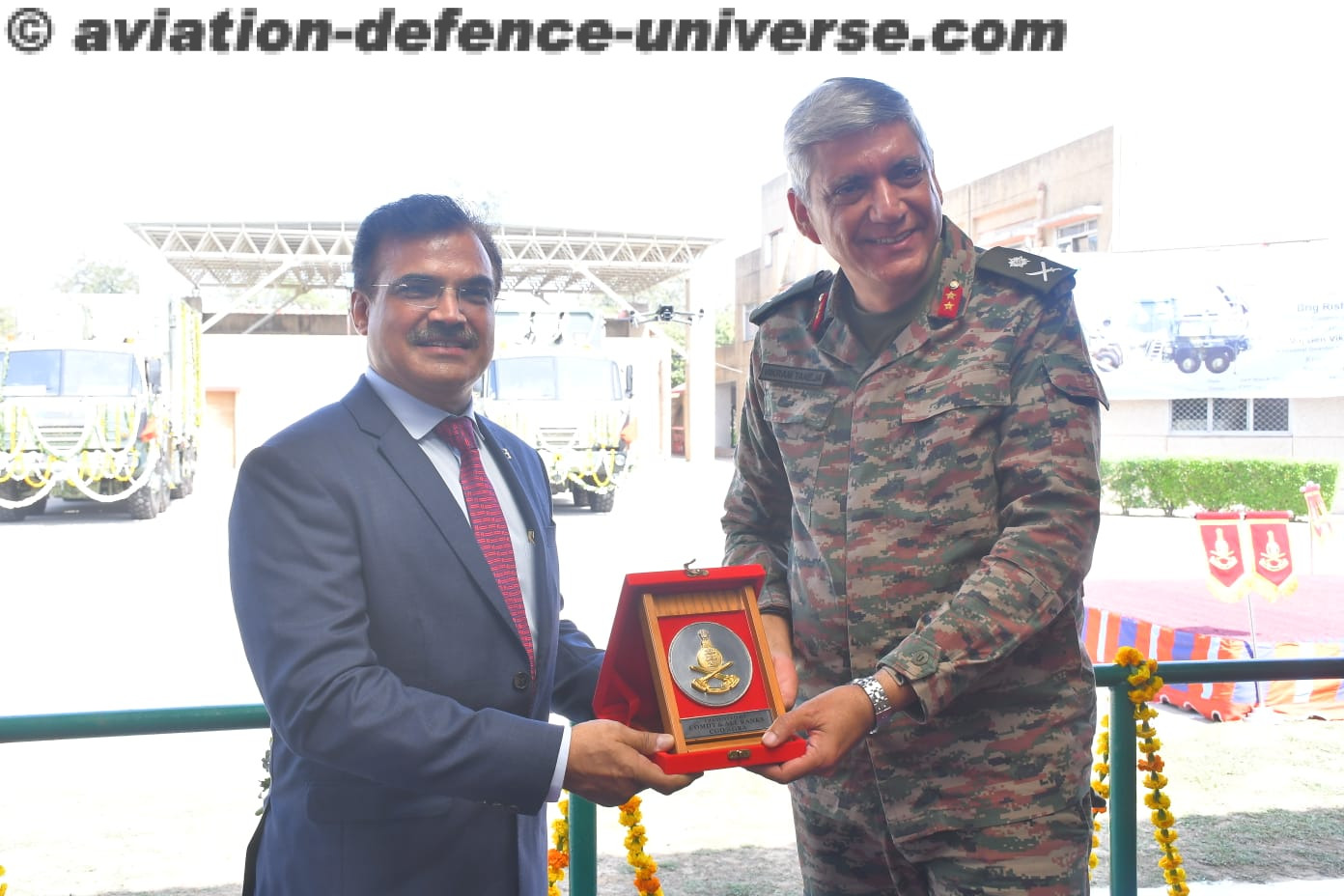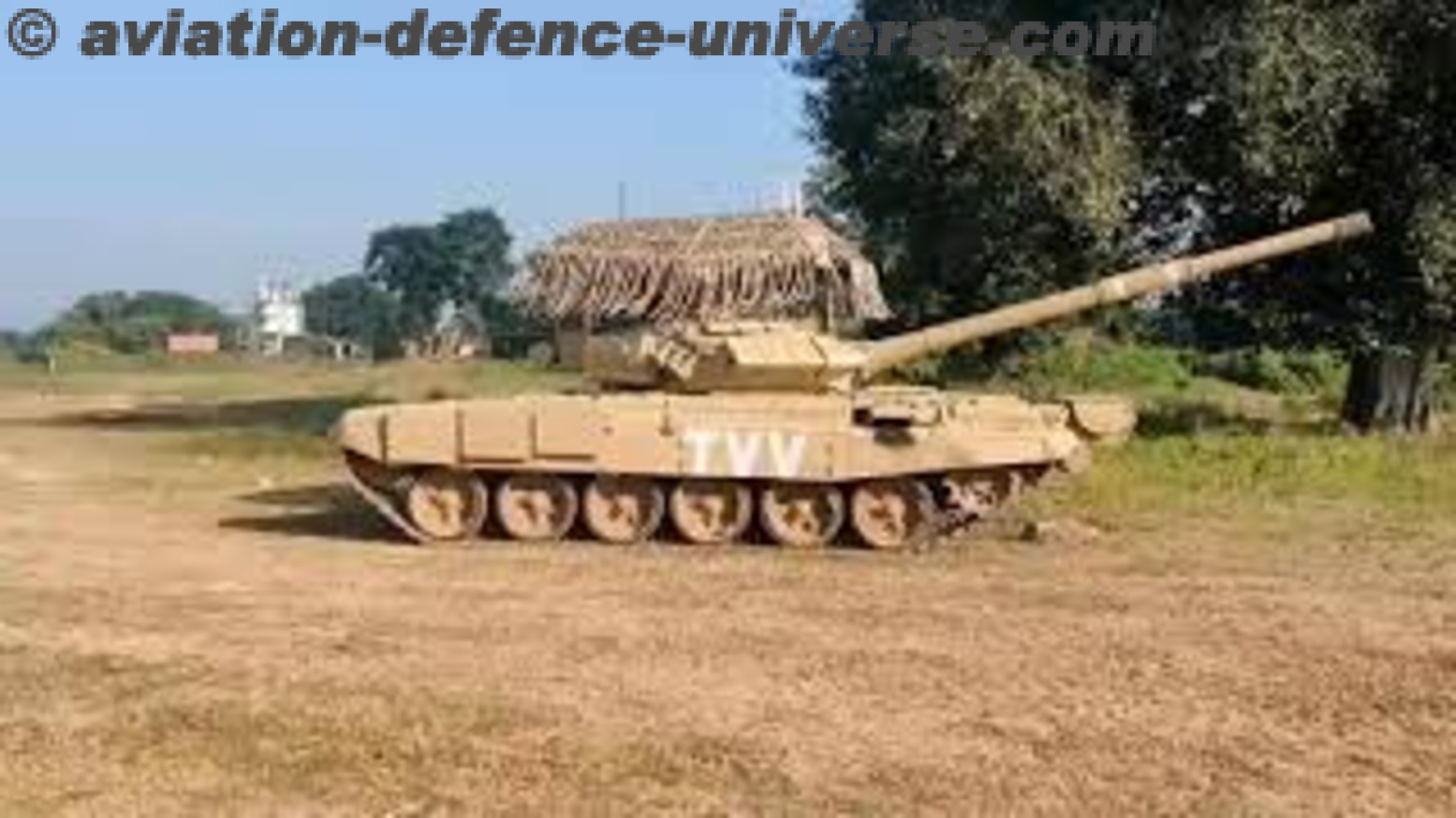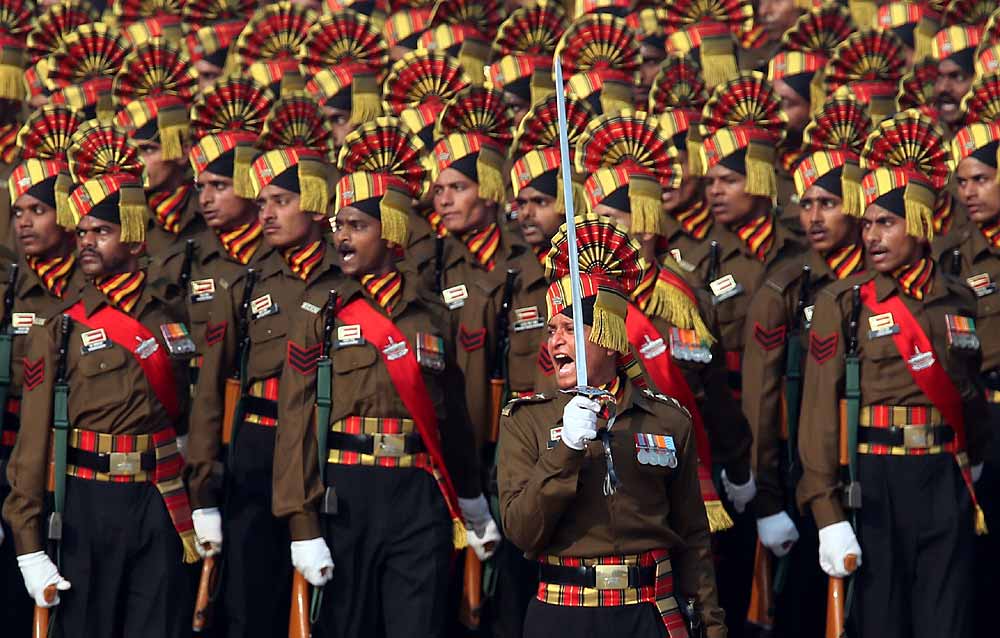
New Delhi. 23 September 2024. As part of its Decade of Transformation, the Indian Army is continuing to reshape and strengthen its capabilities through a robust capital expenditure program. Focused on modernisation, sustenance of existing assets and infrastructure development, this initiative reflects the Army’s commitment to aligning with the nation’s vision of Aatmanirbharta (self-reliance). These strategic efforts are designed to ensure the Army’s operational readiness, technological advancement, and long-term sustainability while laying the foundation for a future-ready force. The Army is leveraging digital platforms, financial automation and empowering its field commanders to optimize financial management, procurement and operational flexibility.
Modernisation
A significant portion of the capital budget has been dedicated to modernisation, with a focus on acquiring new equipment and cutting-edge technology. The Army’s emphasis on Aatmanirbharta has led to a sharp reduction in foreign contracts, with new acquisitions being sourced predominantly from within India. The Army has partnered closely with Defence Public Sector Undertakings (DPSUs), the civil defence industry, and innovative start-ups to develop a robust domestic defence ecosystem. These initiatives have already begun to deliver results, and further progress is expected over the coming years, reinforcing India’s self-reliance in defence production.
The Government-e-Marketplace (GeM), under GFR 2017, has emerged as the primary platform for procurement, enhancing transparency and ease of business. The Indian Army has rapidly adapted to GeM, growing from ₹21 Cr in 2017 to over ₹15,433 Cr in FY 2023-24. This digital transformation has been crucial in providing price discovery tools and transparency. The Army grossed the highest monetary value in FY 2022-23 and received the GeM Platinum Award.
For FY 2023-24, the Army has onboarded critical items like rations, medical equipment, and expendable stores, adding an additional ₹5,000 Cr, following ₹9,202 Cr in FY 2022-23. The Army continues to explore newer areas such as OEM-based spares, certified medicines, and work modules, potentially adding ₹16,000 Cr in the upcoming fiscal year, enabling nearly 50% of its revenue budget (₹25,000 Cr) to be handled through GeM. Additionally, local procurement by the Army’s widespread budget centres fosters economic growth in remote and field areas, aligning with government initiatives to boost local economies.
Sustenance
Sustaining existing equipment and assets remains a vital component of the Army’s capital expenditure strategy. The allocated funds will be used for the replacement, upgradation, modification, and refurbishment of existing equipment, ensuring the longevity and effectiveness of the Army’s capabilities.
The Indian Army’s Operation Capital Procurement Powers (OCPP) have been delegated to Army Commanders to ensure quick responses to the needs of field formations, ensuring deficiencies are promptly addressed and operational readiness is maintained. To further enhance this, the Command Budget Management (CBM) system has been operationalized, allowing commanders to flexibly allocate funds based on usage and expenditure. This system, focusing on the Non-Salary Revenue (NSR) budget, empowers field commanders to prioritize funding for areas that impact operational readiness, technology absorption and research, among others.
Infrastructure Development
A major focus of the budget has been on the development of both operational and administrative infrastructure. Several bottlenecks have been identified and addressed, with significant additional provisions being made to expand the Army’s infrastructure capabilities. The improvements in infrastructure are expected to enhance both the Army’s operational efficiency and its administrative capabilities, ensuring it is well-prepared to meet future challenges.
Financial Automation and Transparency Initiatives
The Indian Army is also adopting financial automation to enhance efficiency and transparency in financial management. The Financial Planning Directorate is implementing basic automation, including Financial Data Visualization and uploading compiled data through the Financial Planning Management Information System.
To achieve a fully integrated and comprehensive financial automation system, the Army has conceptualized the Indian Army Financial Information System (IAFIS). After extensive collaboration with various organizations like the Public Financial Management System (PFMS), CGDA, and GeM, the project’s Request for Proposal (RFP) was uploaded on GeM on 02 August 2024.
The Indian Army’s increasing adoption of Competitive Bidding, which accounts for 80% of procurement through bids or reverse auctions, and 20% through direct procurement, has resulted in considerable savings for the state exchequer. These measures, combined with the Army’s focus on fostering small and medium-sized enterprises (MSEs) and digitizing financial and procurement operations, have significantly improved budget management and ensured real-time monitoring, enhanced transparency, and traceable audit trails.
These strategic capital investments and procurement reforms reflect the Indian Army’s commitment to modernising its forces, maintaining its equipment, and expanding its infrastructure to ensure the highest level of preparedness. By focusing on self-reliance, indigenisation, and adopting innovative financial and procurement practices, the Army is contributing significantly to India’s broader goals of technological advancement and economic growth.
Courtesy : Indian Army







